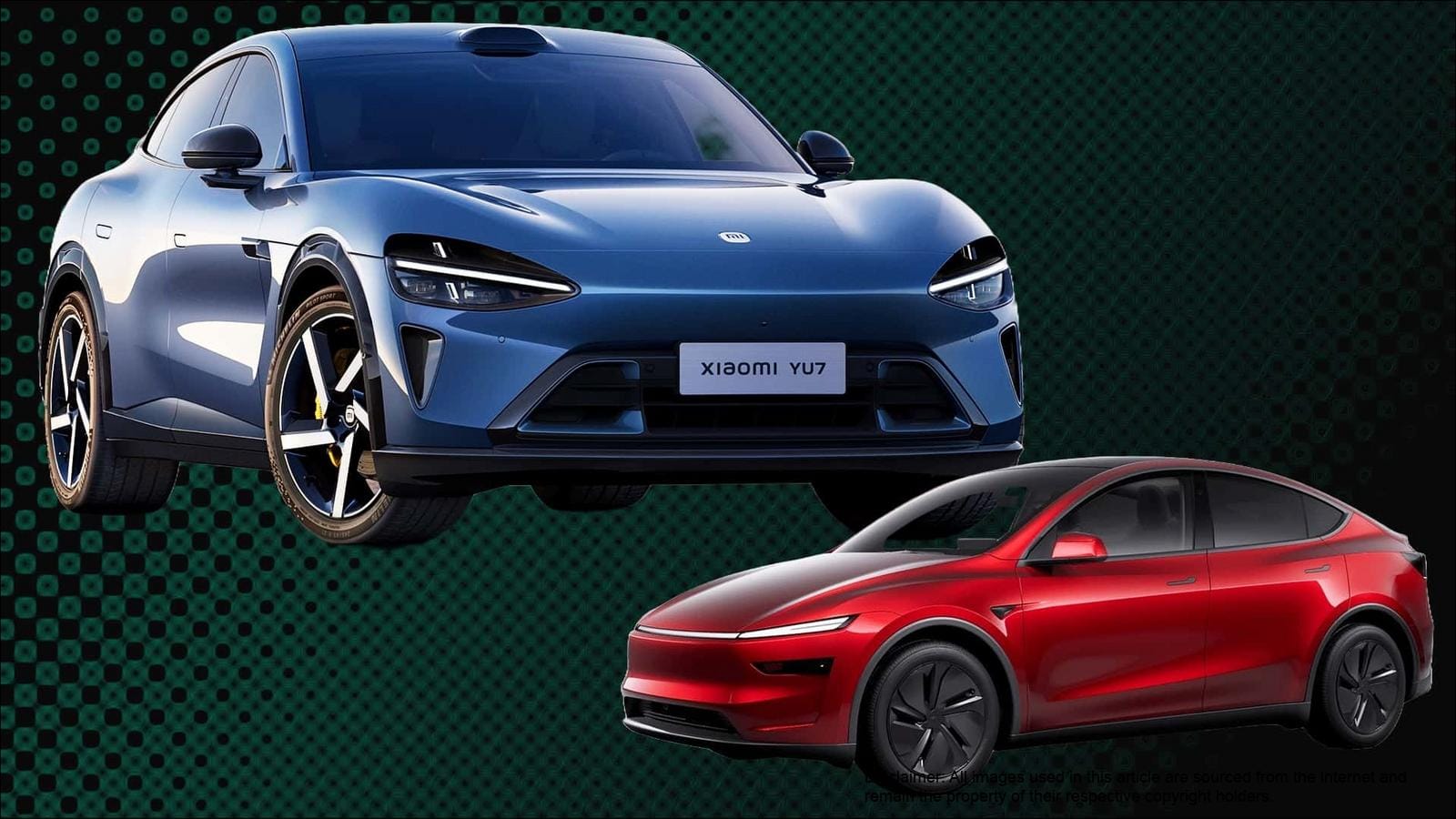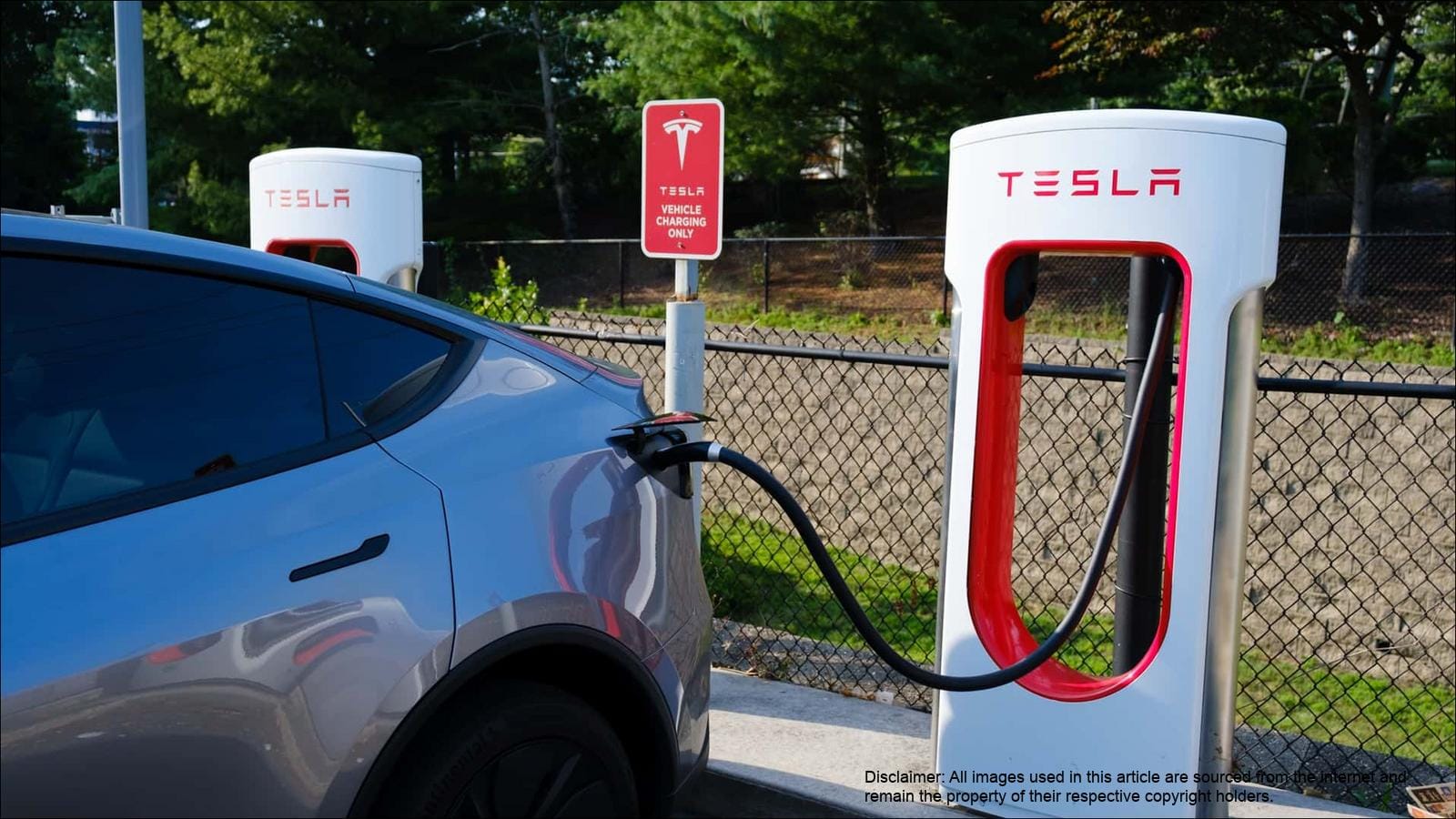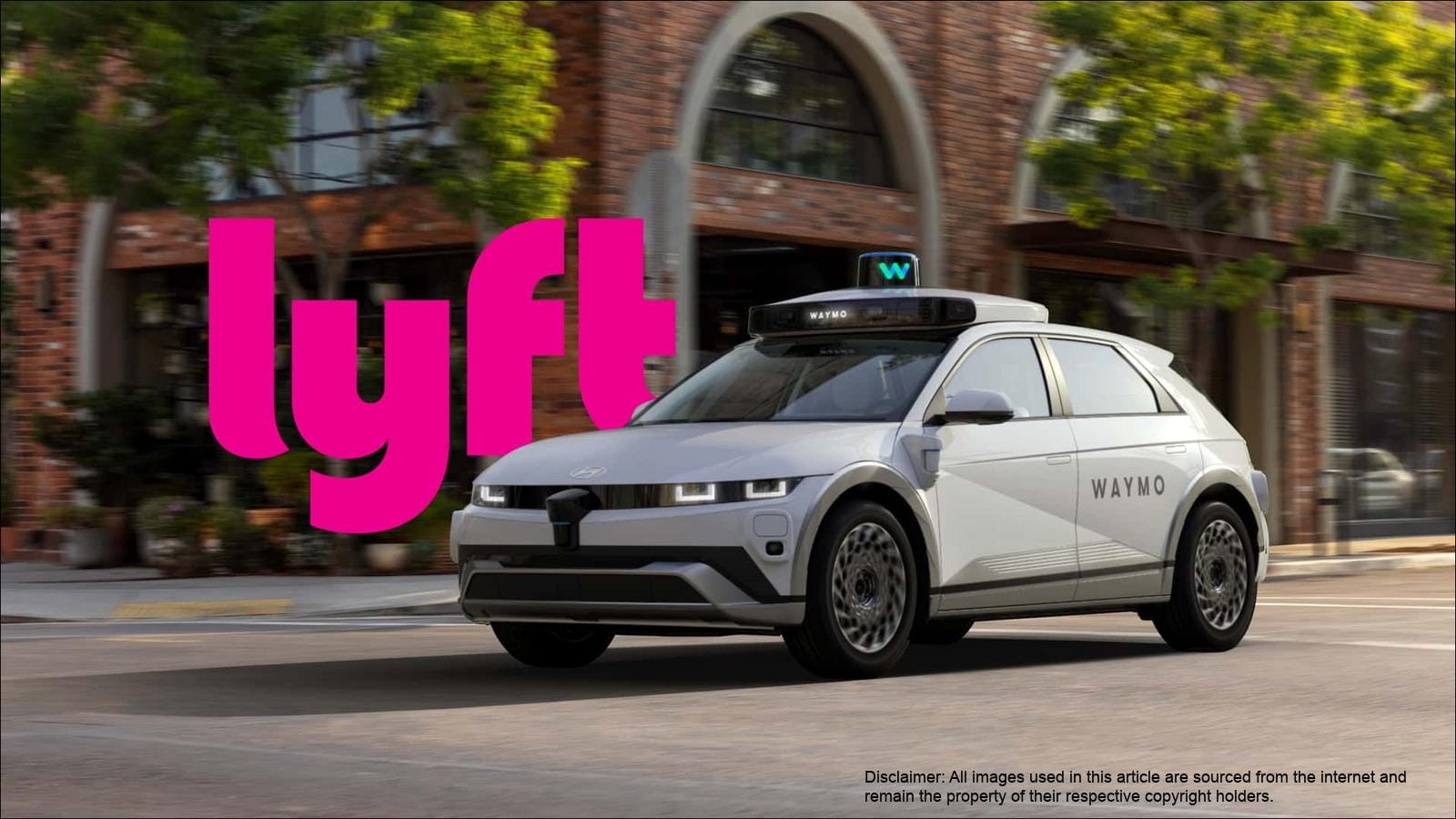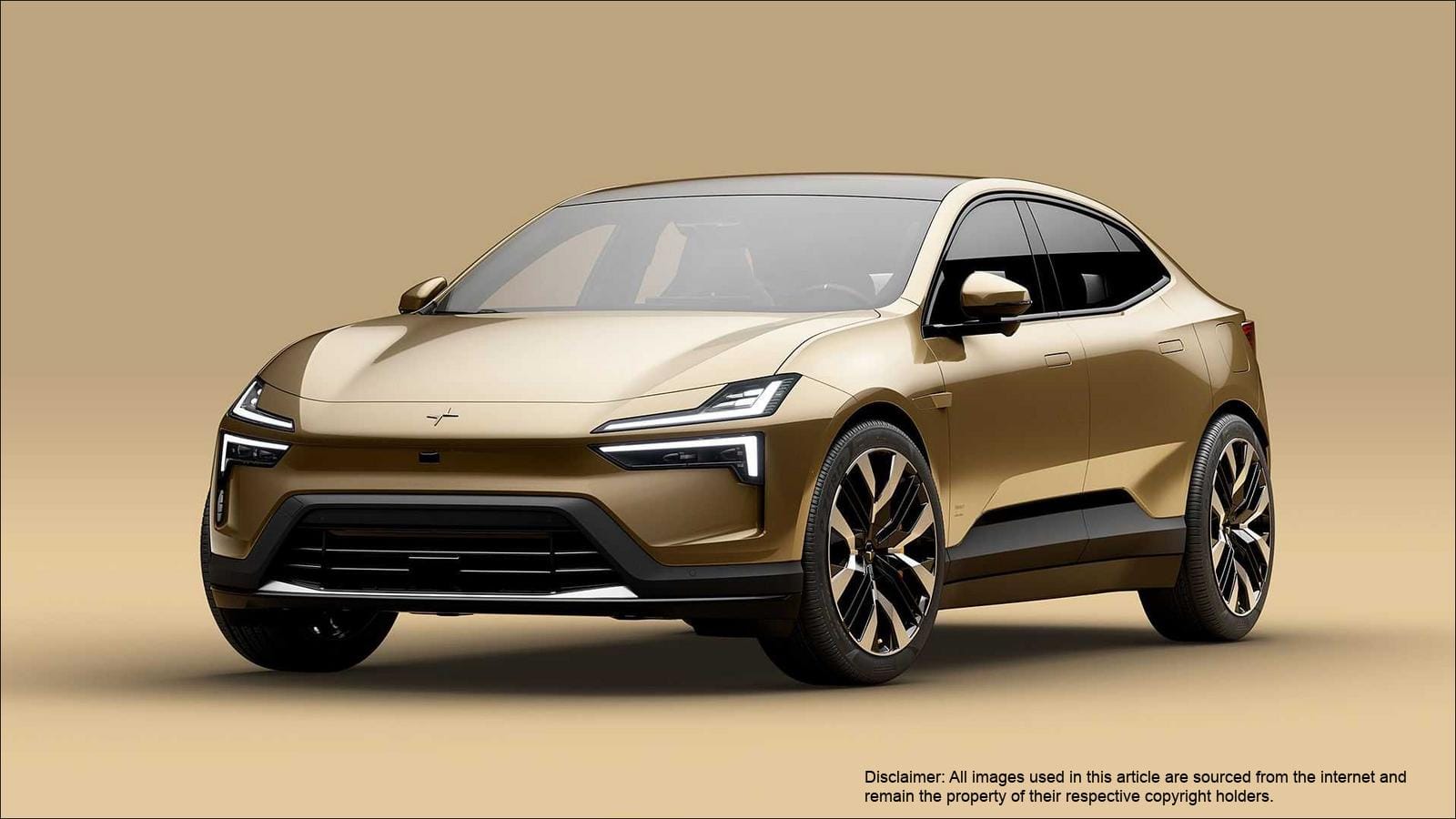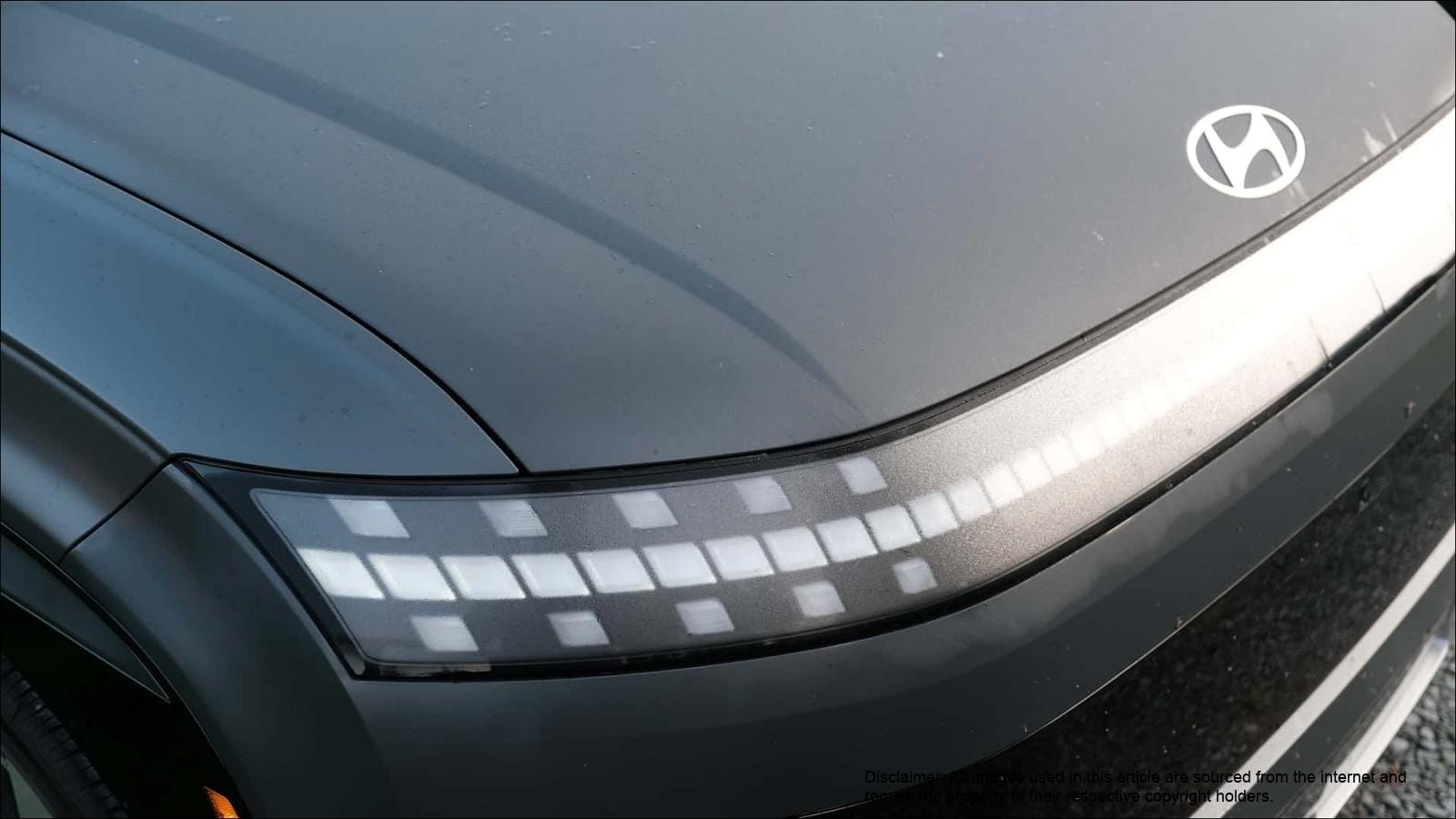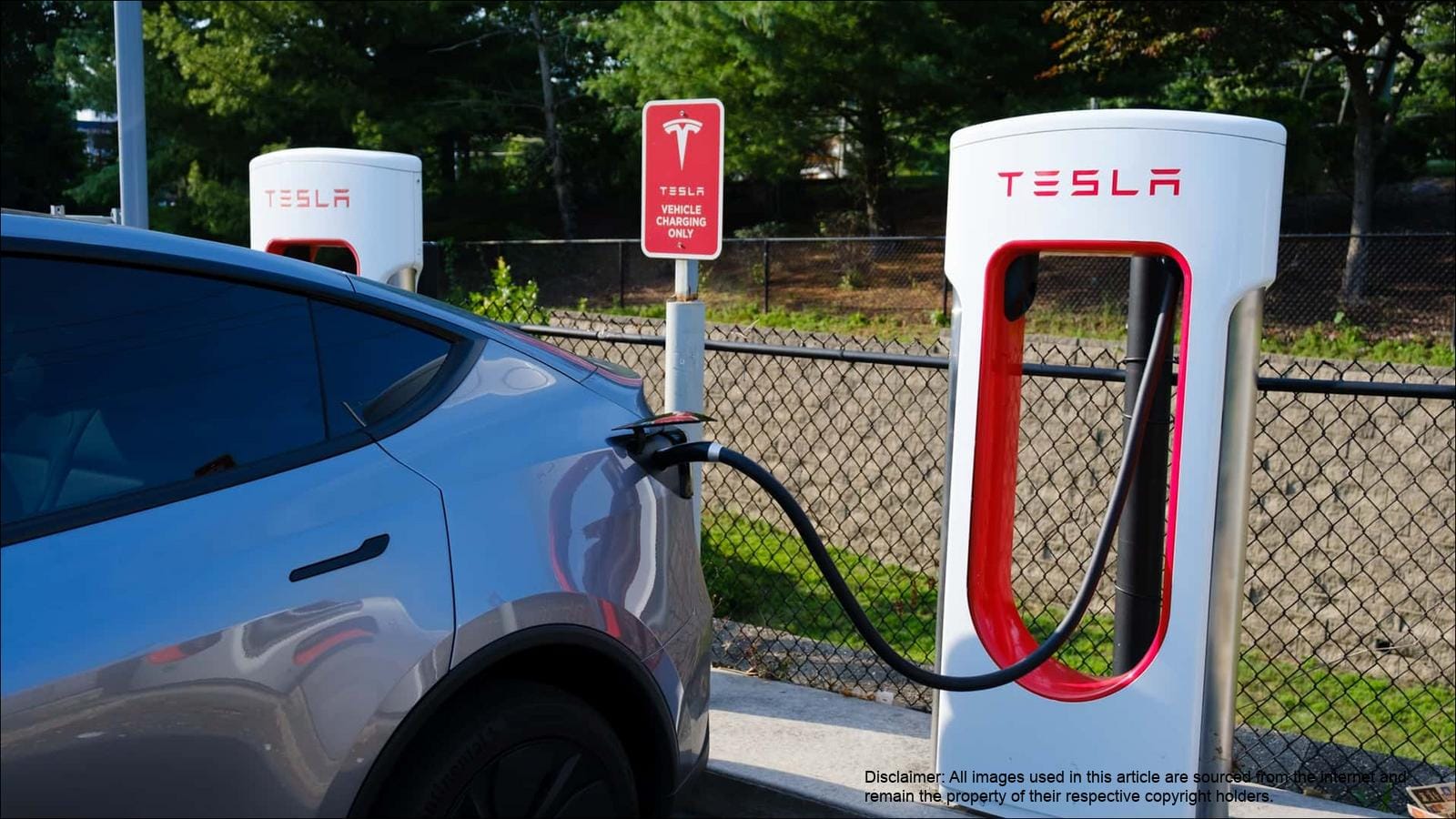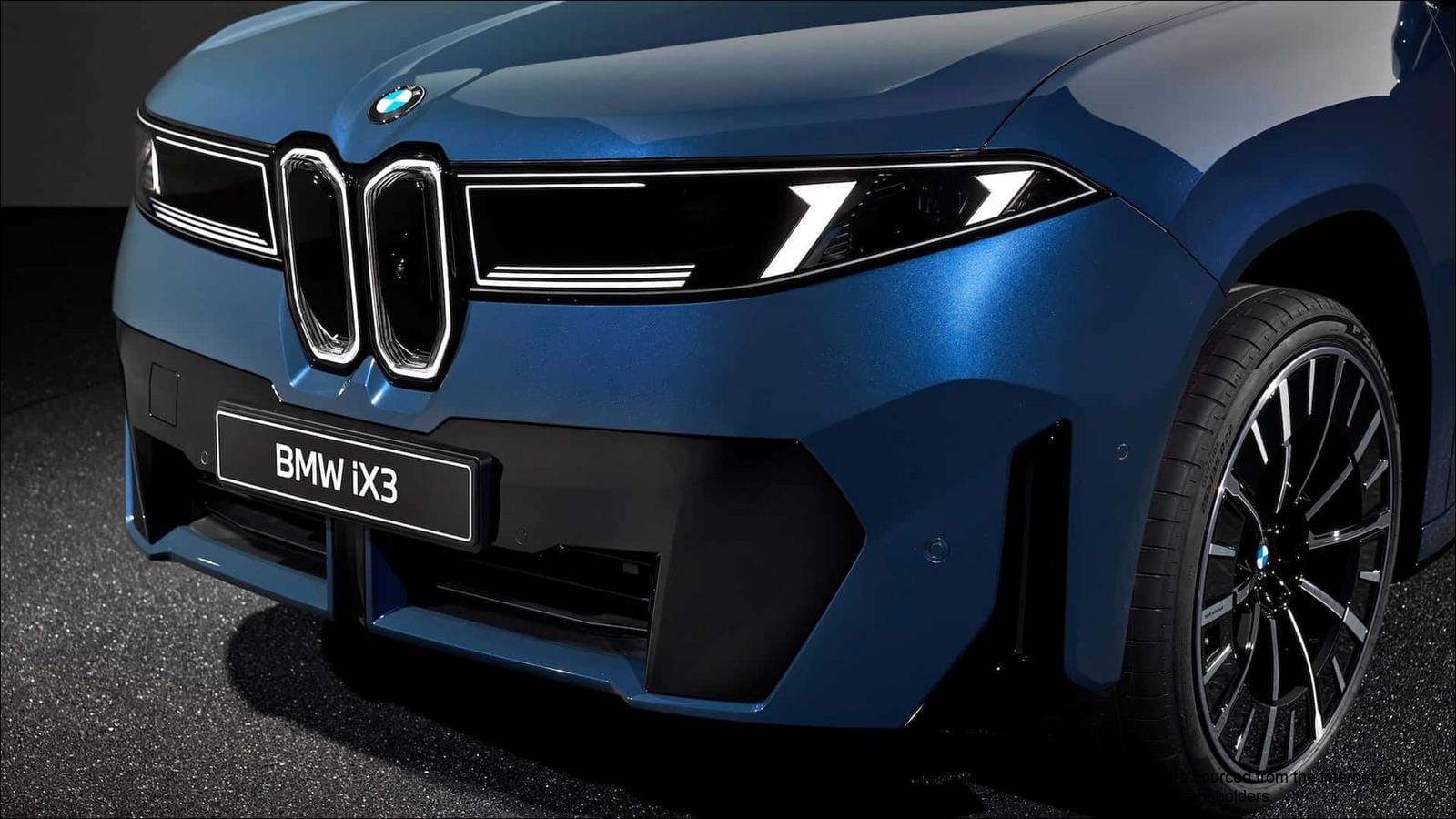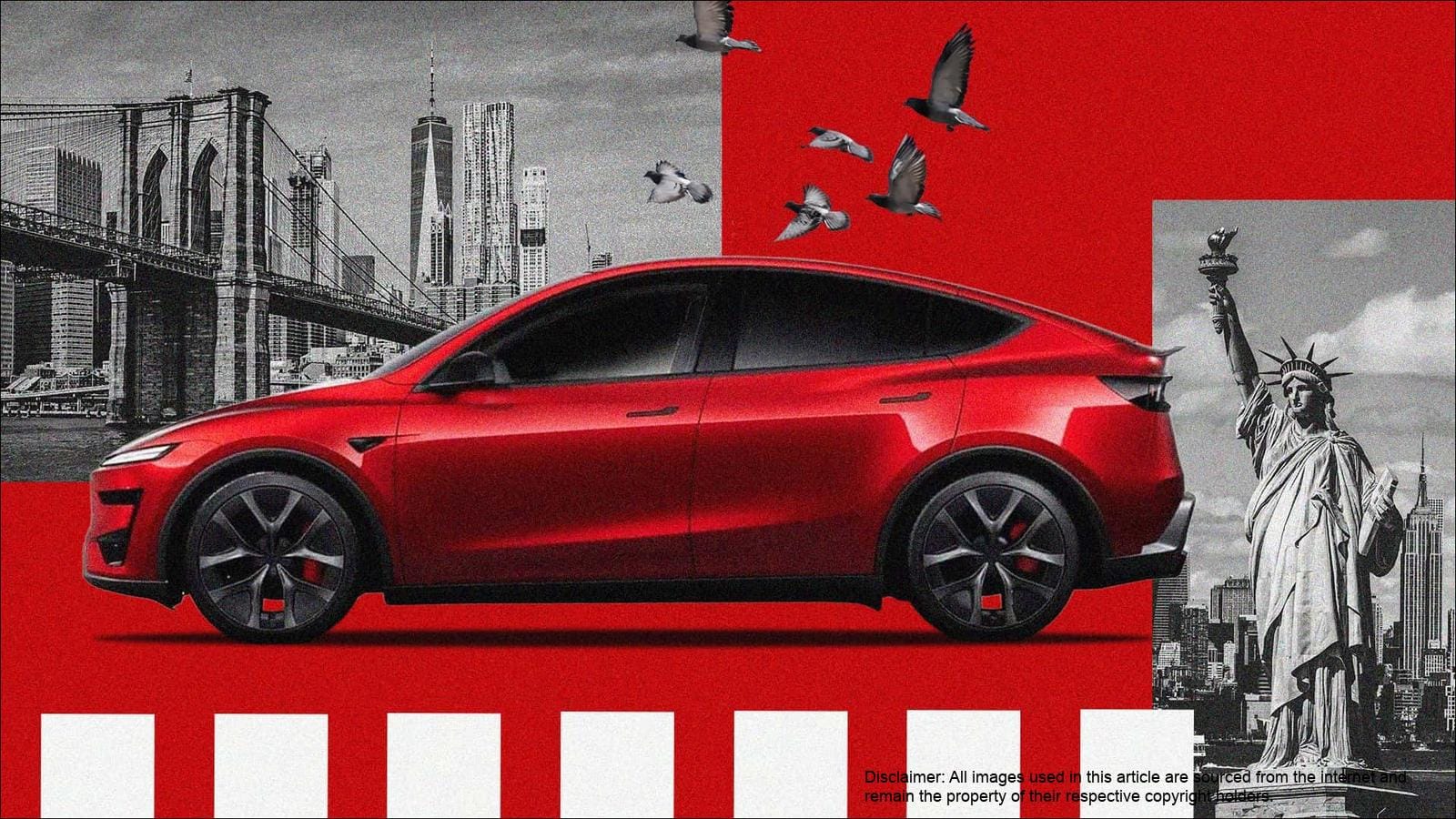The Xiaomi YU7: A Game Changer?
The Xiaomi YU7 has emerged as a significant contender in the EV market, particularly as a direct competitor to Tesla’s Model Y. Xiaomi, primarily known for its electronics, entered the EV arena in 2021 and quickly made waves with its SU7 sedan. The SU7’s success, with 320,000 units sold in its first 11 months, has demonstrated Xiaomi’s ability to rapidly capture market share. Now, with the YU7, Xiaomi is targeting the crossover segment, challenging Tesla’s dominance with a vehicle that Wall Street analysts are already praising for its superior price, specs, and design.

Xiaomi YU7 (Image Source: Xiaomi)
Morgan Stanley analysts have highlighted the YU7 as a prime example of China’s EV prowess, suggesting that it surpasses Tesla in key areas. The YU7’s stylish design, advanced technology, and competitive pricing make it an attractive option for consumers. Its unveiling has led analysts to question whether Tesla should reconsider its strategic focus, particularly its emphasis on self-driving taxis over traditional EVs.
The rapid success of Xiaomi’s SU7 also highlights a critical point. Ford CEO Jim Farley once stated his intention to “beat the SU7 in a straight-up street fight.” However, analysts suggest that it may take Ford many years to develop a comparable product, by which time Xiaomi will likely have further advanced its technology and offerings.


